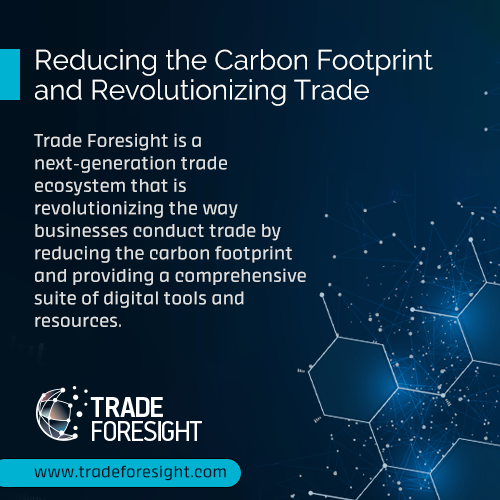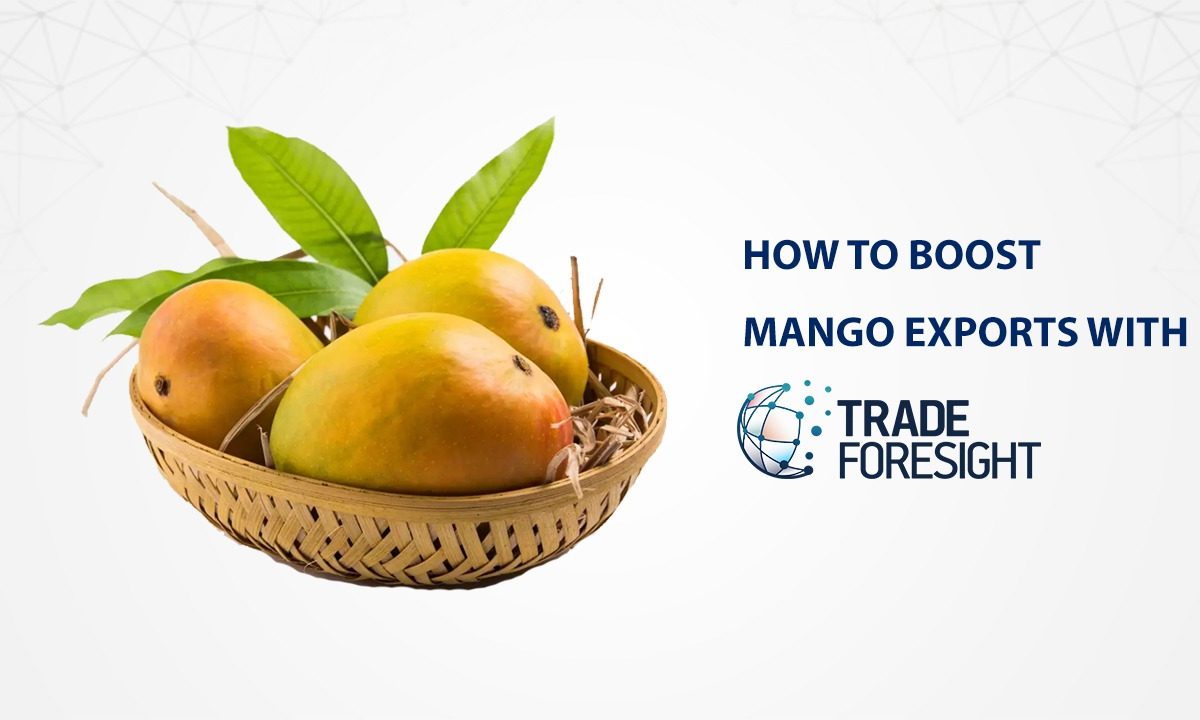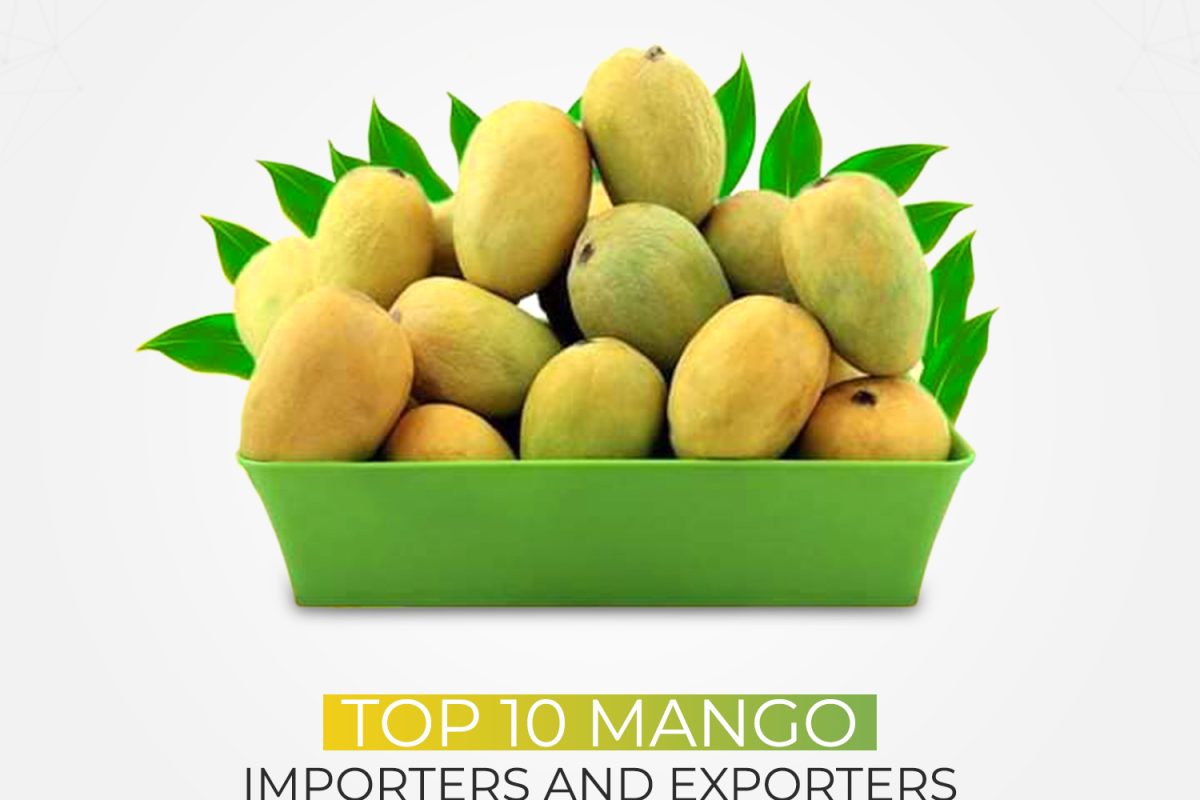
Trade Foresight is a next-generation trade ecosystem that is revolutionizing the way businesses conduct trade by reducing the carbon footprint and providing a comprehensive suite of digital tools and resources.
Virtual Meetups via MEETAPP:
By eliminating the need to travel for international trade meetings, virtual meetups can help to reduce carbon emissions by up to 70%.
According to a study by MIT, virtual meetings can save up to 1.2 billion pounds of CO2 per year.
Global Business Directory:
By making it easier for businesses to connect with potential partners and customers online, the global business directory can help to reduce the need for physical travel, which can save up to 50% in carbon emissions.
According to a study by the World Trade Organization, global business travel accounts for 10% of all carbon emissions from the transport sector.
Market Search Functionality:
By helping businesses to identify new markets online, market search functionality can help to reduce the need for physical trade missions, which can save up to 80% in carbon emissions.
According to a study by the International Trade Centre, trade missions can account for up to 20% of a company’s total carbon footprint.
PromoteIT:
By allowing businesses to promote their products and services digitally, PromoteIT can help to reduce the need for traditional advertising methods, such as print advertising and trade shows, which can save up to 90% in carbon emissions.
According to a study by the Environmental Protection Agency, the printing and advertising industry accounts for 2% of all carbon emissions in the United States.
Apply for Trade Finance:
By allowing businesses to apply for trade finance online, Trade Foresight can help reduce the need for physical documentation, which can save up to 30% in carbon emissions.
According to a study by the World Bank, the trade finance industry accounts for 5% of all carbon emissions from the financial services sector.
Traders Forum:
By providing a platform for businesses to interact with the global trade community online, the traders forum can help to reduce the need for physical travel to trade shows and conferences, which can save up to 60% in carbon emissions.
According to a study by the International Association of Exhibitions and Events, trade shows and conferences account for 1% of all carbon emissions from the tourism sector.
Catalogue+:
By providing a digital marketplace for businesses to showcase their products and services, Catalogue+ can help reduce the need for physical catalogs and brochures, which can save up to 40% in carbon emissions.
According to a study by the Forest Products Association of Canada, the paper industry accounts for 10% of all carbon emissions from the manufacturing sector.
Virtual Global Exhibitions:
Trade Foresight’s virtual global exhibitions offer a more sustainable alternative to traditional trade shows. By allowing businesses to exhibit their products and services online, and providing visitors with a virtual platform to view those stalls and everything virtually, Trade Foresight can help to reduce the carbon footprint of trade shows by up to 80%.
Eliminating the need for travel, Reducing the need for physical infrastructure saving on material and construction emissions, Extending the reach of exhibitions to a wider audience as they are accessible to anyone with an internet connection.
Trade News:
By providing businesses with the latest news and insights on global trade trends, regulations, and developments online, the digital trade news section can help to reduce the need for physical subscriptions to trade publications, which can save up to 20% in carbon emissions.
According to a study by the Pew Research Center, the publishing industry accounts for 2% of all carbon emissions from the media sector.
Complete Suite of Analysis and Digital Report Generation:
By providing businesses with a complete suite of analysis and digital report generation tools online, Trade Foresight can help to reduce the need for physical reports and presentations, which can save up to 15% in carbon emissions.
According to a study by the Association of Corporate Counsel, the legal industry accounts for 5% of all carbon emissions from the service sector.
Online Trade Documentation:
By allowing businesses to generate and submit trade documents electronically, Trade Foresight can help to reduce the need for physical printing and mailing of documents, which can save up to 80% in carbon emissions.
According to a study by the Office of Management and Budget, the federal government spends $1.5 billion per year on printing and mailing documents.
Online Trade Agreements:
By allowing businesses to negotiate and sign trade agreements electronically, Trade Foresight can help to reduce the need for physical travel to meet with trade partners and lawyers in person, which can save up to 70% in carbon emissions.
According to a study by the United Nations Conference on Trade and Development, trade agreements can account for 10% of all carbon emissions from the international trade sector.
Overall, Trade Foresight is committed to reducing its carbon footprint and helping to build a more sustainable trade ecosystem. By implementing the initiatives outlined above, Trade Foresight is well on its way to achieving its goal of becoming a carbon-neutral trade platform.








